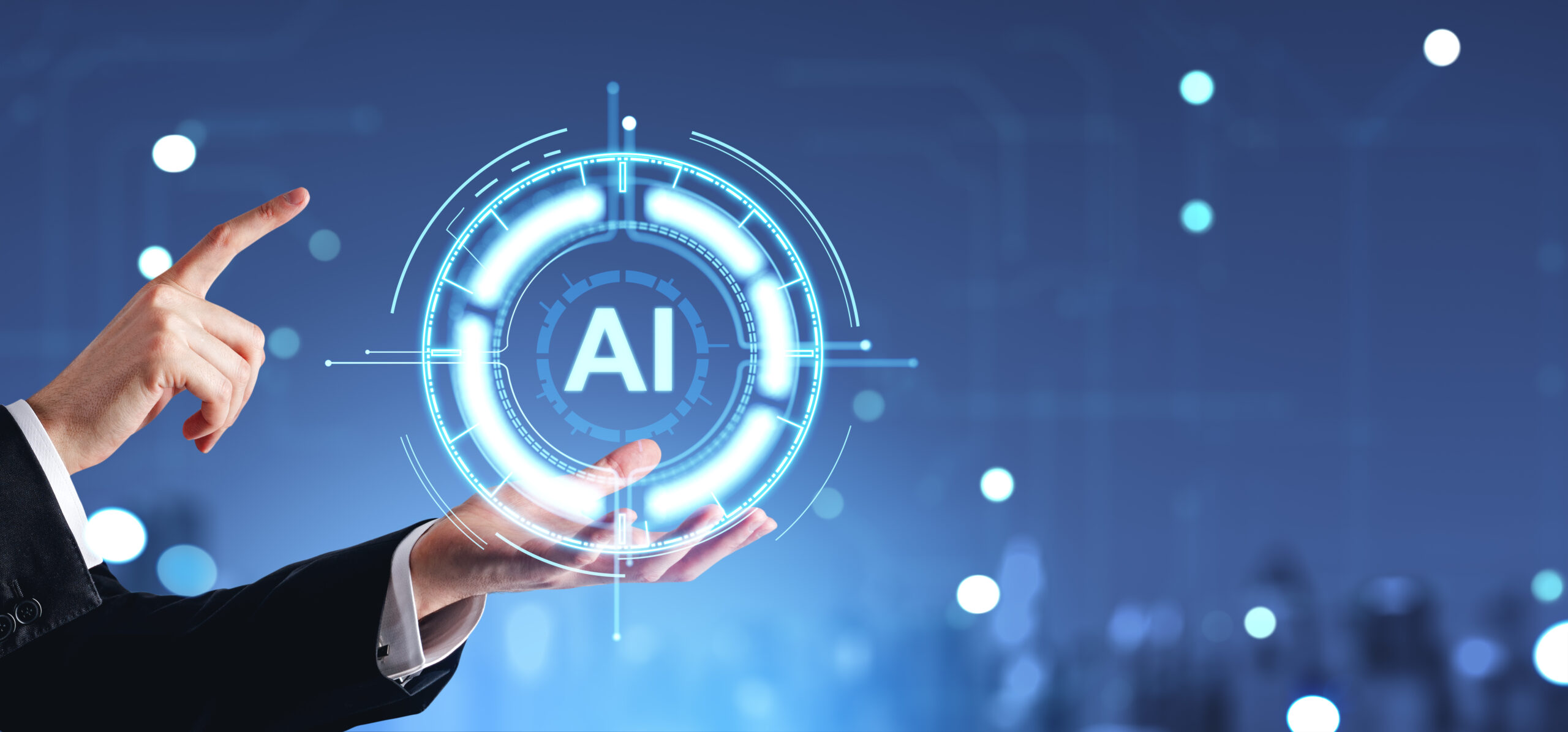By April Day, Publishing Consultant at Save the Water™ | January 12, 2024
Artificial Intelligence, or “AI,” has become very popular. It can harness a lot of data and output information that humans can understand and use. But it comes at a cost: clean water. A recent, non-peer reviewed article by Shaolei Ren, Pengfei Li, Jianyi Yang, and Mohammed A. Islam has tried to quantify how much water AI requires. From Lagos, Nigeria to Iowa, United States, people use the same water sources as data centers. AI can help humans address the most pressing global problems. However, producers and consumers of AI need to work together to reduce its water use. You can help.
AI Results in More Water Use
Key players in the tech industry such as Microsoft, Google, and Amazon have already committed to being “water positive” by 2030. This will mean replacing more water than they use. In the meantime, AI has begun consuming more water in recent years. This is because training AI requires data centers. And data centers require water—lots of clean freshwater.
Data centers need water for two uses: cooling the data centers and consuming energy. The method to cool a data center depends on several factors including humidity and outside temperatures. In other words, hot times of the day require more water because the data centers need to be cooled more. This may conflict with a renewable energy aim to train AI in data centers during the sunniest parts of the day. This is done to optimize using solar energy. The tradeoff is that more potable, meaning drinkable, water is used to train AI.
Rein and fellow researchers estimated that training GPT3 in Microsoft’s US data centers can directly consume 700,000 liters of clean freshwater. In 2021, Google’s US data centers consumed 12.7 billion liters of freshwater for on-site cooling. That volume included 11.4 billion liters of drinkable water.
ChatGPT uses about 500 ml of water for a simple conversation of 20 to 50 questions and answers. That’s if it’s done in the United States. If done elsewhere, the water consumed could be three times as much. A little bit of water adds up to a lot of water, as an estimated 100 million people actively use ChatGPT. And the number of users is growing.
AI Using High-Quality Water Could Increase Social Conflict
Ren and fellow researchers noted recent social conflict in Uruguay. It was about the potential to build a data center during the country’s worst drought in 74 years. In 2010, the United Nations General Assembly and Human Rights Council first recognized access to safe drinking water as a human right. Yet 2 billion people around the world continue to lack access to safely managed drinking water. AI has starkly increased its water consumption in the past five years, and a lot of that water is drinkable.
In fact, Stanford University issued an AI Index in 2023 that revealed the unprecedented environmental impact of training AI models. From 2017 to 2022, companies using AI more than doubled. From 2019 to 2023, water consumption at Google’s data centers increased more than 60 percent. That is, from 3,412 million gallons in 2019 to 5,565 million gallons in 2023. Microsoft disclosed that its global water consumption increased by more than a third between 2021 and 2022. In 2022, its global consumption was nearly 1.7 billion gallons.
In 2021, the Lagos State government admitted that less than 40 percent of the state’s residents have access to potable water. This is common. An estimated half of the world’s population experiences water scarcity for at least part of the year. In 2022, Microsoft withdrew about 11.5 million gallons of water in Iowa in order to cool new data centers training AI. This was at the height of summer, a time of peak water use. This is important to note, as Iowa has an ideal temperature and atmosphere for hosting a large data center. In other words, the AI water consumption would likely have been even more if located in a hotter, drier area.
What We Can Do
Tech companies are looking at ways to reduce their water consumption. They have committed to this goal. But that is only part of the story—the supply side. On the demand side, there hasn’t been much done to reduce or to inform people about how they can use AI to reduce its water consumption.
From the supply side, tech companies are exploring various ways to reduce water consumption for on-site cooling of data centers. Here are some examples of its use:
- Water recycling and/or reclamation of non-potable water by Google at its data centers
- Use of seawater at Google’s data center in Finland
- Technologies, such as Microsoft’s adiabatic cooling, using outside air instead of water
Additionally, according to Ren and researchers, location and timing for using data centers to train AI could greatly reduce water consumption. That is, if it’s done in a calculated manner with that aim.
From the demand side, you can also help by not using AI during peak water usage times.





